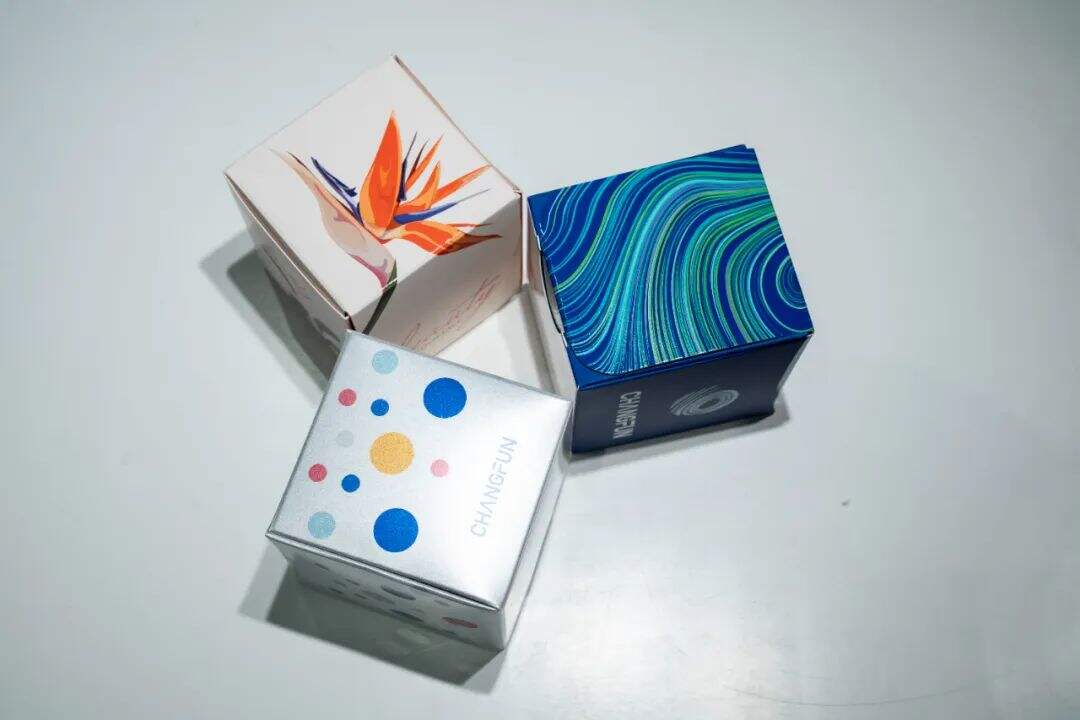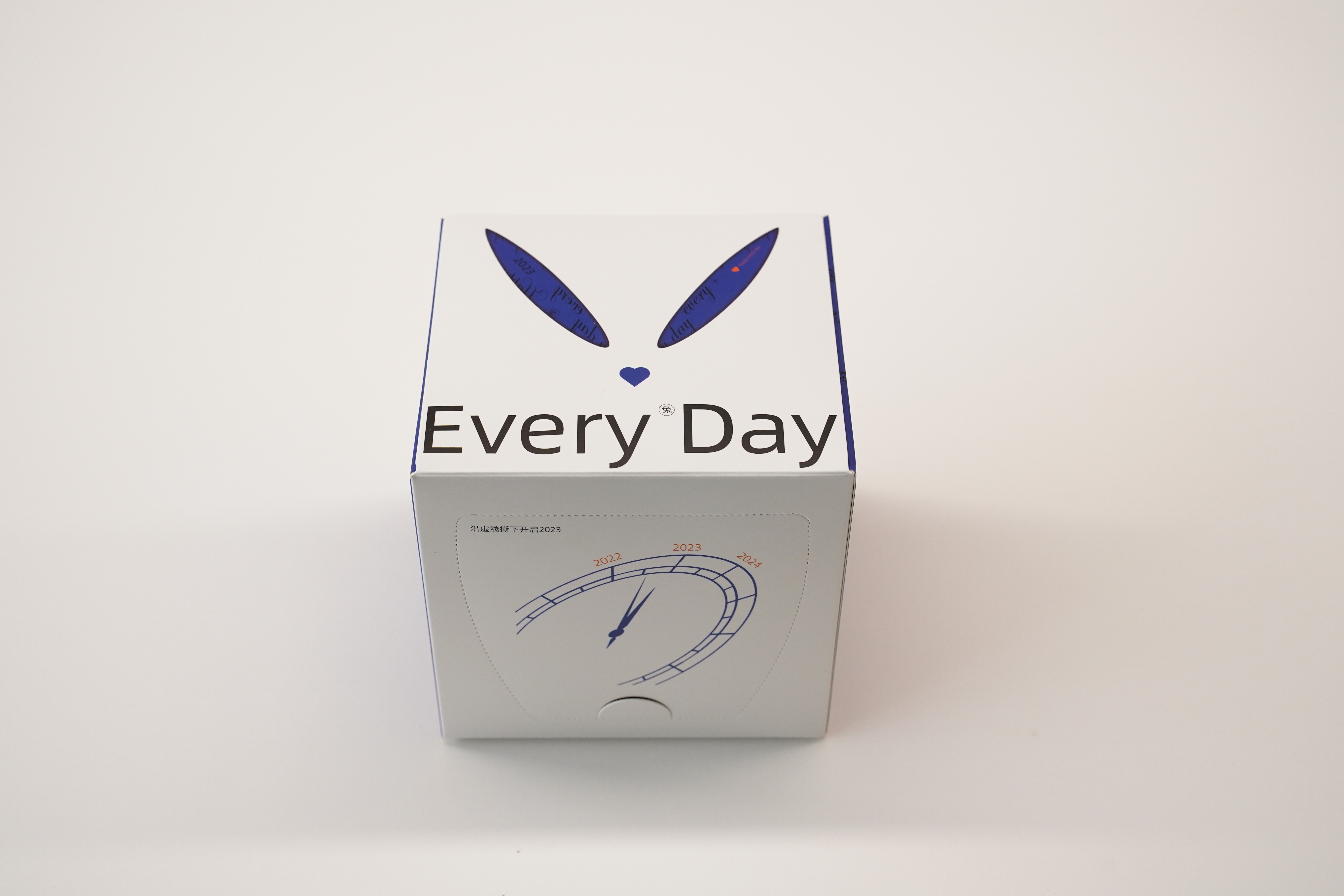
The landscape of retail packaging is undergoing a dramatic transformation as businesses and consumers alike embrace eco friendly packaging solutions. This shift represents more than just a trend – it's becoming a fundamental aspect of how brands connect with environmentally conscious consumers. As we approach 2025, the innovation in sustainable packaging continues to accelerate, driven by environmental urgency and changing consumer preferences.
The retail industry's adoption of eco friendly packaging reflects a broader cultural shift toward sustainability. From major corporations to small local businesses, organizations are reimagining their packaging strategies to reduce environmental impact while maintaining product protection and visual appeal. This transformation is reshaping not just how products are presented, but how entire supply chains operate.
The evolution of biodegradable materials has revolutionized eco friendly packaging options. Mushroom-based packaging, seaweed-derived materials, and agricultural waste composites are emerging as viable alternatives to traditional plastic packaging. These innovations provide the same protective qualities while decomposing naturally, leaving minimal environmental impact.
Scientists and packaging engineers continue to develop new biodegradable solutions that challenge conventional packaging norms. For instance, corn-based PLA (Polylactic Acid) is gaining popularity as a renewable resource that can be processed into various packaging forms, from rigid containers to flexible films.
The integration of recycled materials in packaging has reached new heights through technological advancement. Manufacturers are now able to produce high-quality packaging using up to 100% recycled content without compromising on durability or aesthetic appeal. This circular approach to packaging design ensures that materials maintain their value throughout multiple life cycles.
Innovative processing techniques have made it possible to transform post-consumer plastics into premium packaging materials that meet stringent quality standards. This development has encouraged more brands to incorporate recycled content into their packaging strategies, creating a more sustainable packaging ecosystem.

Modern eco friendly packaging increasingly incorporates smart technology to enhance sustainability efforts. QR codes and NFC tags embedded in packaging materials allow consumers to track the environmental impact of their purchases and learn proper disposal methods. This digital integration helps brands communicate their sustainability commitments while educating consumers about responsible consumption.
Advanced tracking systems also enable businesses to monitor their packaging throughout the supply chain, optimizing routes and reducing carbon emissions. This data-driven approach helps companies identify areas for improvement in their sustainability initiatives and demonstrate transparent environmental practices to consumers.
Smart design principles are revolutionizing how eco friendly packaging is conceptualized and produced. AI-powered design tools help create packaging solutions that minimize material usage while maintaining structural integrity. These innovations lead to lighter, more efficient packaging that reduces transportation costs and environmental impact.
Companies are implementing smart sizing algorithms to eliminate excess packaging space, resulting in more efficient shipping and storage. This optimization not only reduces material waste but also decreases the carbon footprint associated with transportation and warehousing.
Brands are developing creative ways to educate consumers about their eco friendly packaging initiatives. Through augmented reality experiences and interactive packaging elements, customers can learn about environmental impact, proper recycling methods, and the journey of sustainable materials. This engagement helps build consumer trust and environmental awareness.
Educational campaigns highlight the importance of proper disposal and recycling practices, empowering consumers to participate actively in sustainability efforts. Clear instructions and environmental impact information printed on packaging help consumers make informed decisions about product disposal.
Retailers are launching community-based initiatives to promote eco friendly packaging awareness and adoption. These programs often include recycling incentives, educational workshops, and collaborative sustainability projects that engage local communities in environmental conservation efforts.
By creating partnerships with local environmental organizations and waste management facilities, brands are establishing comprehensive recycling programs that ensure their eco friendly packaging materials are properly processed and reused.
As environmental regulations become more stringent, the eco friendly packaging industry is proactively developing solutions that meet and exceed future compliance requirements. This forward-thinking approach helps businesses stay ahead of regulatory changes while maintaining competitive advantages in the market.
Industry leaders are working together to establish unified sustainability standards for packaging materials and processes. These collaborative efforts are creating a more standardized approach to eco friendly packaging implementation across various sectors.
The economic landscape for eco friendly packaging continues to evolve favorably as production costs decrease and consumer demand increases. Investments in sustainable packaging technology and infrastructure are creating new market opportunities and driving innovation across the industry.
Market analysts project significant growth in the eco friendly packaging sector through 2025 and beyond, with increasing adoption rates across various retail segments. This growth is supported by improving cost-effectiveness and expanding material options.
While sustainable packaging solutions may have higher initial costs, the long-term benefits often result in cost savings through reduced material usage, optimized shipping, and increased customer loyalty. Many companies find that the investment in eco friendly packaging pays off through improved brand reputation and market differentiation.
Truly sustainable packaging considers the entire lifecycle of the material, from sourcing to disposal. Key factors include renewable or recycled material content, biodegradability, minimal resource consumption during production, efficient transportation design, and easy recyclability or composting capability.
Businesses can begin by conducting a packaging audit, identifying areas for improvement, and gradually implementing sustainable alternatives. Starting with small changes, such as reducing packaging size or incorporating recycled materials, can lead to more comprehensive sustainability initiatives over time. Partnering with experienced sustainable packaging providers can help facilitate a smooth transition.